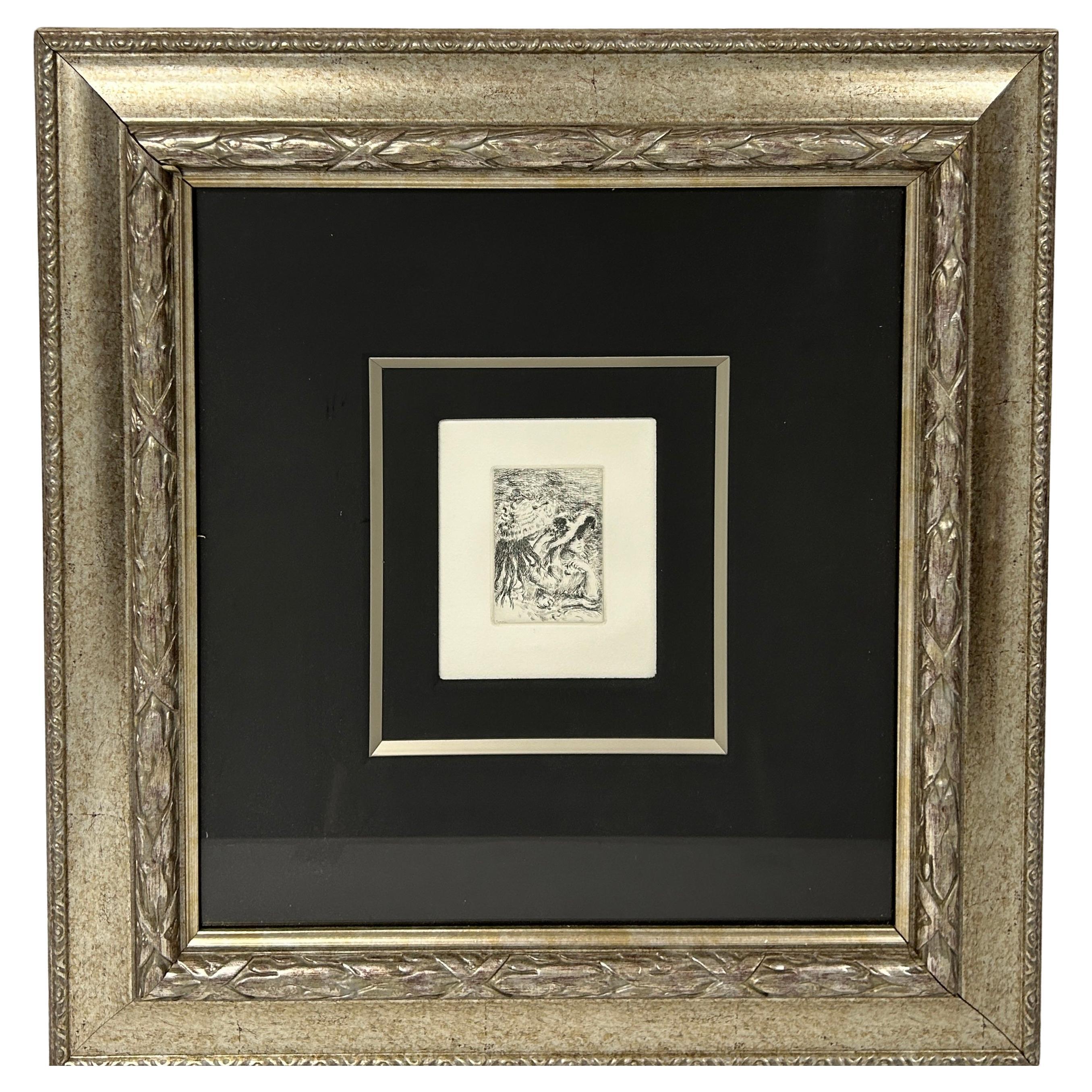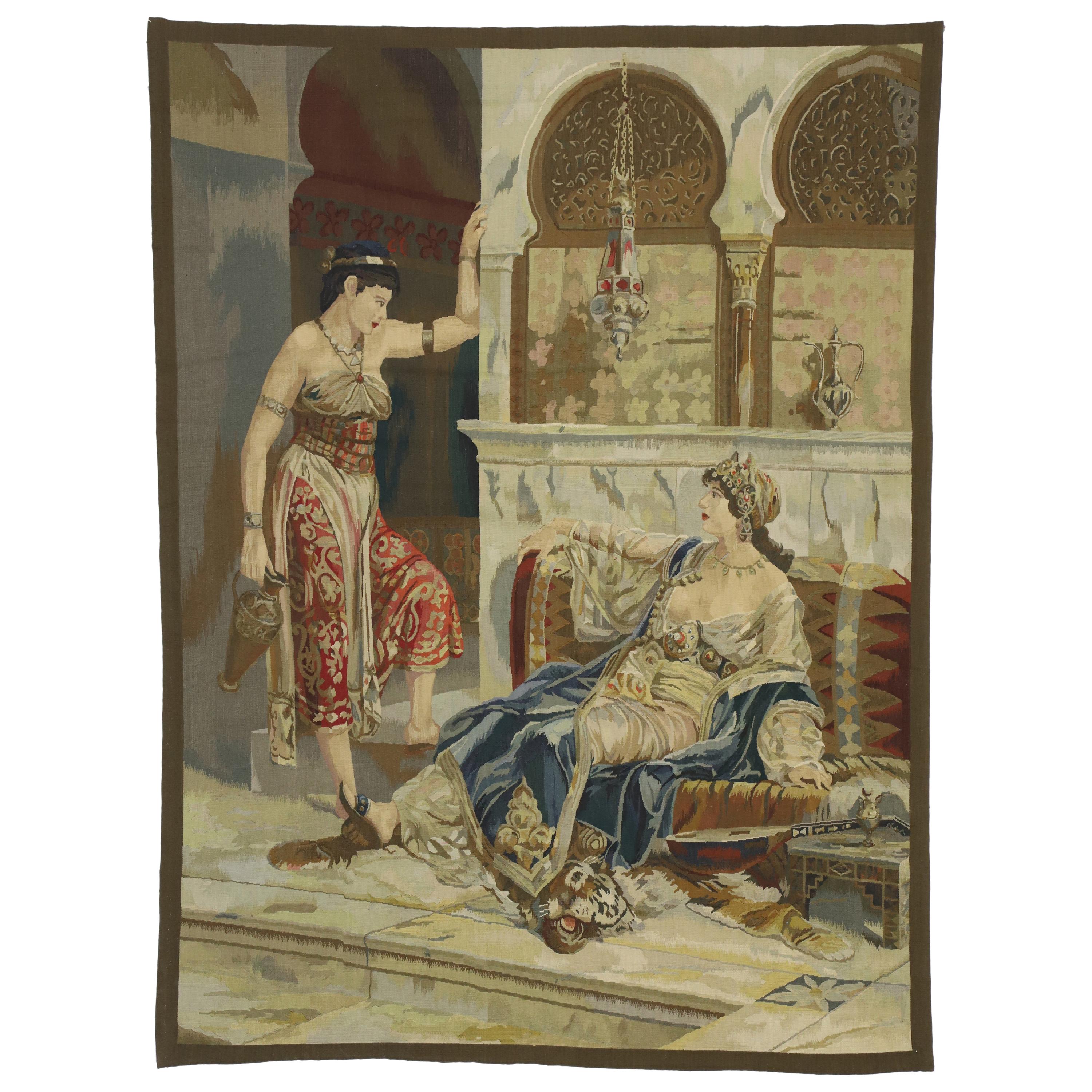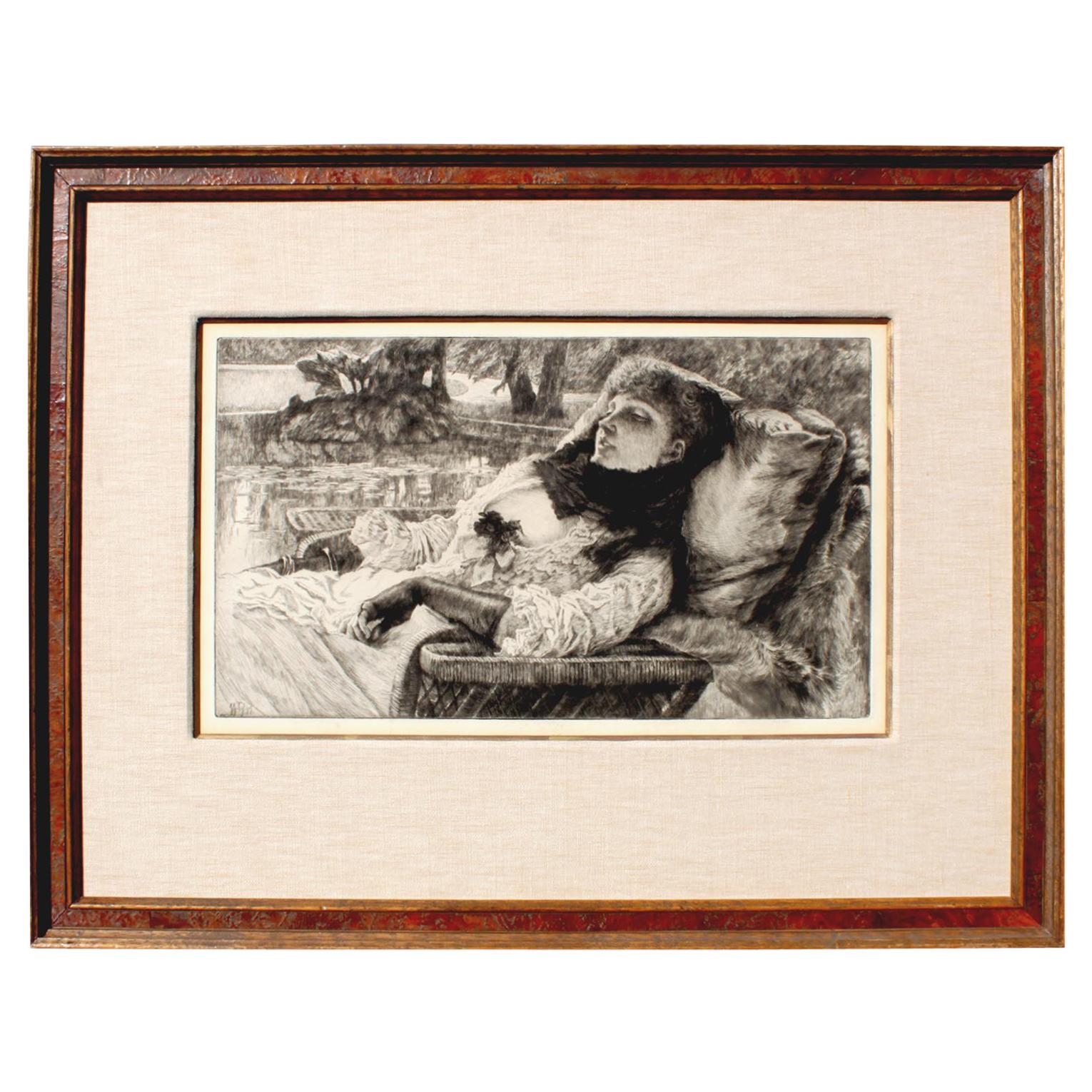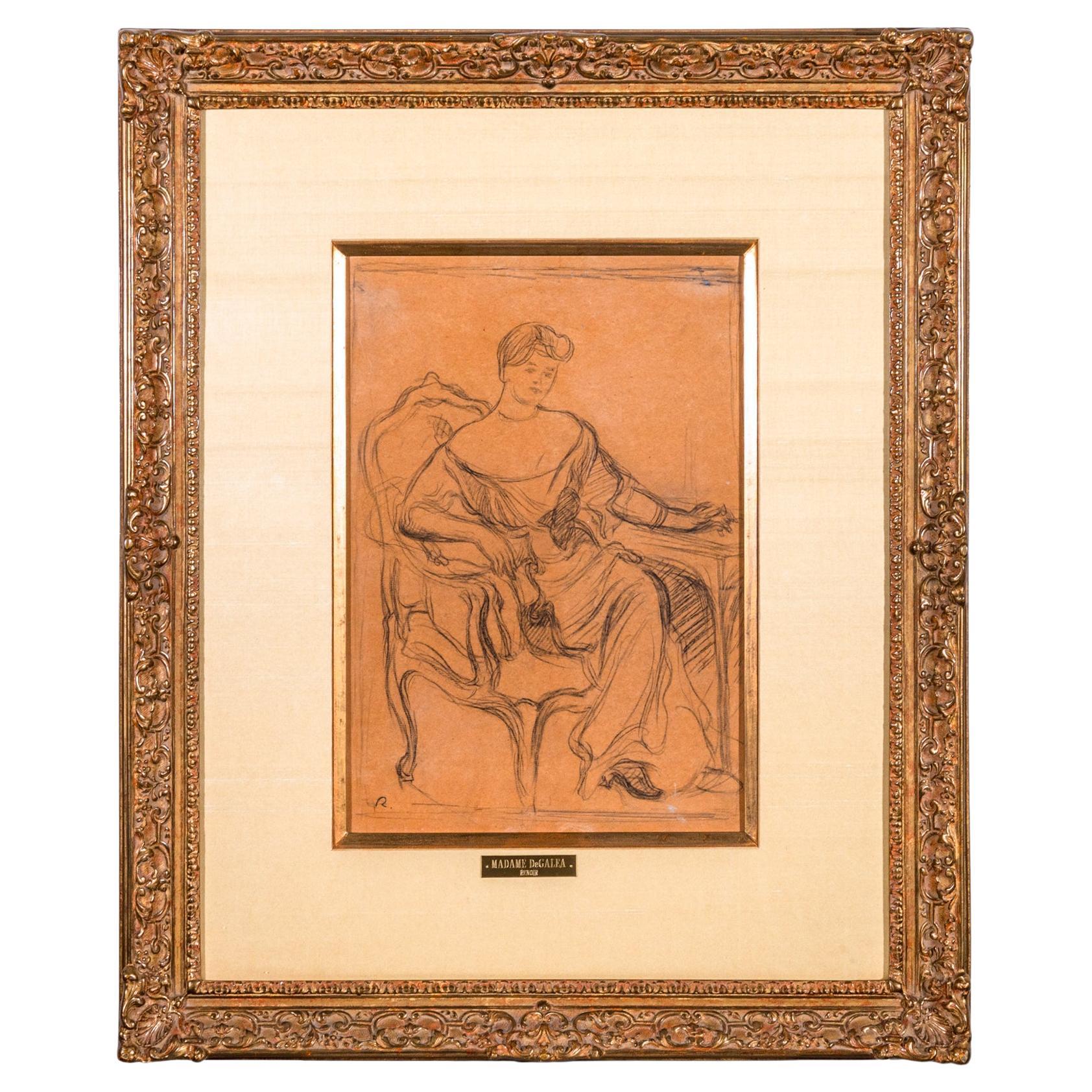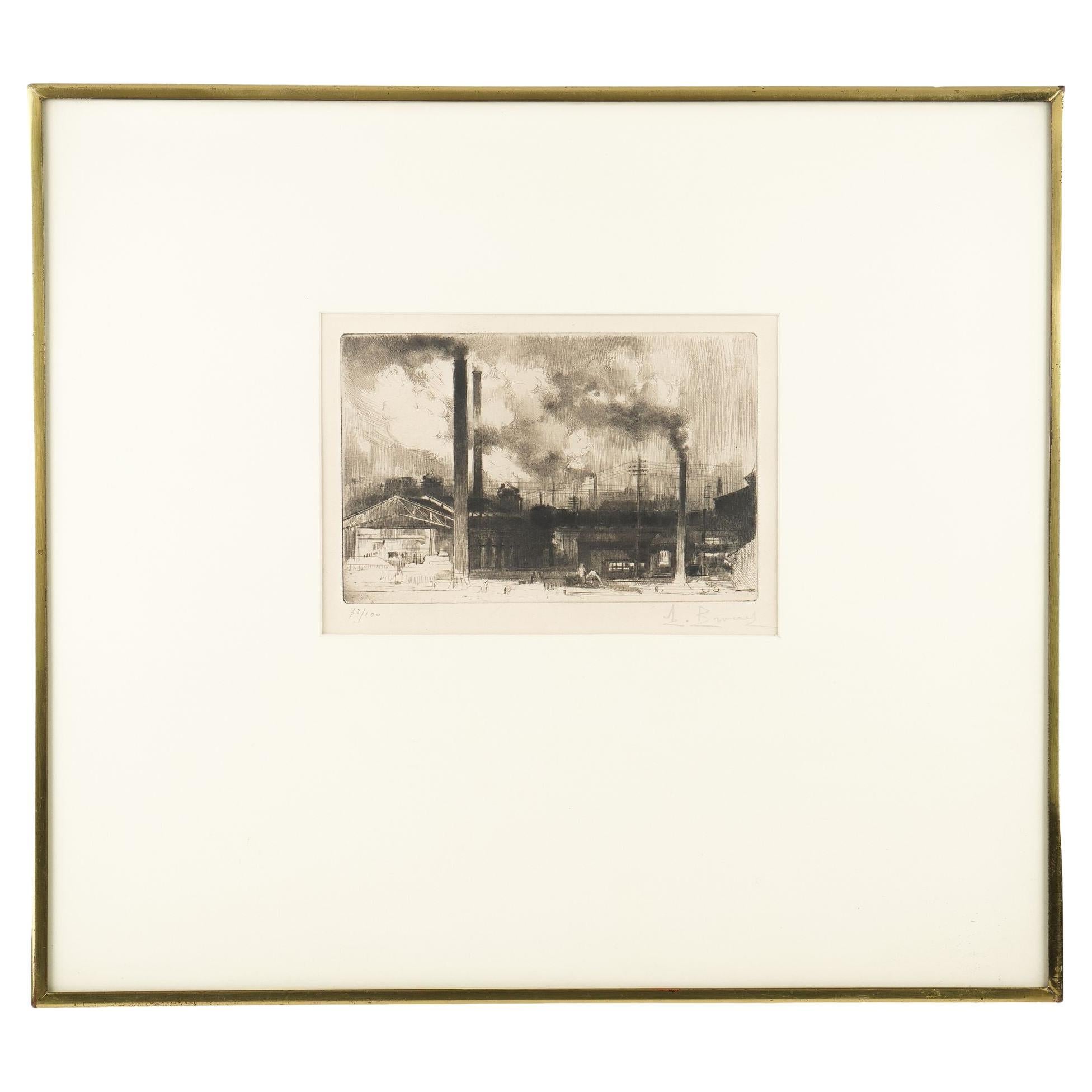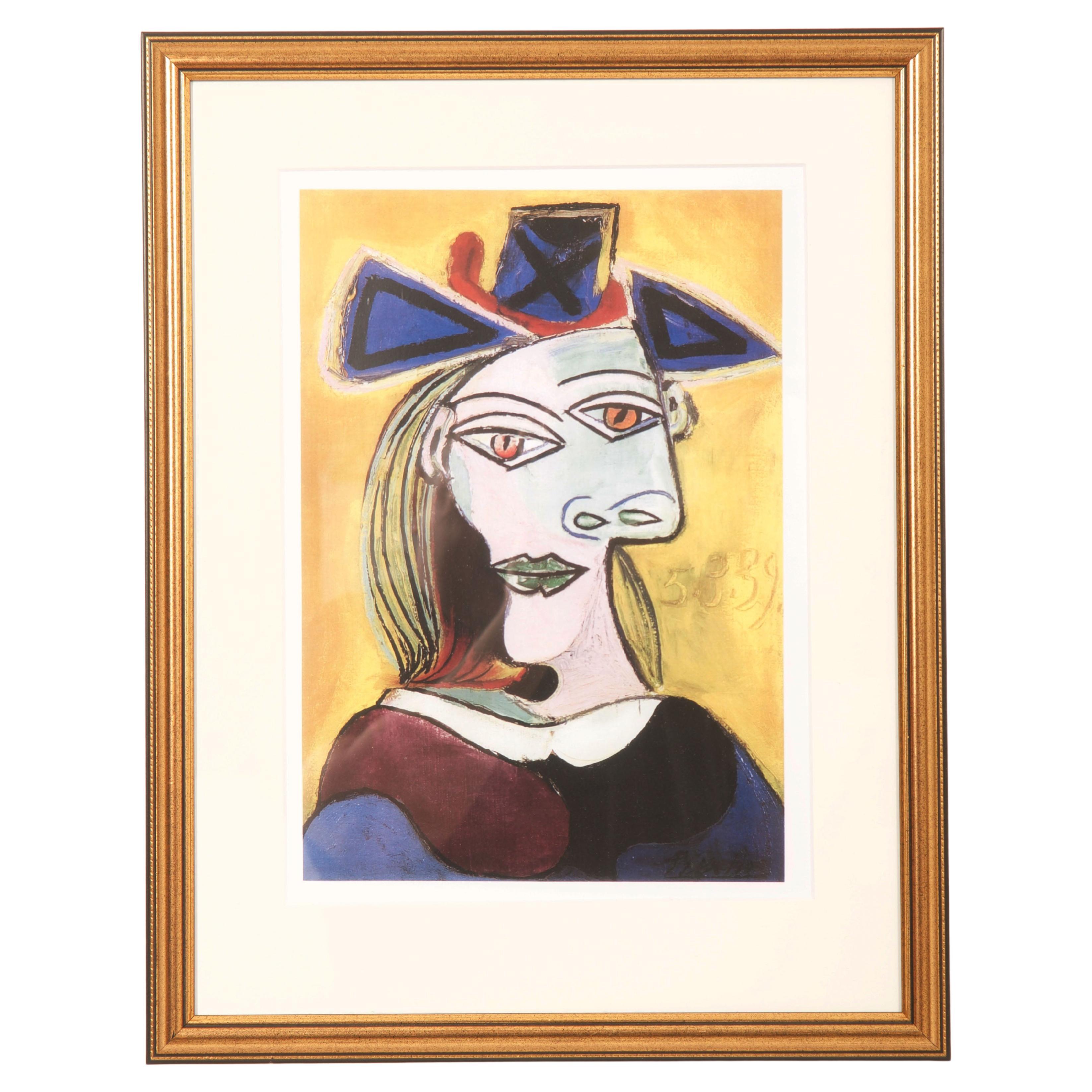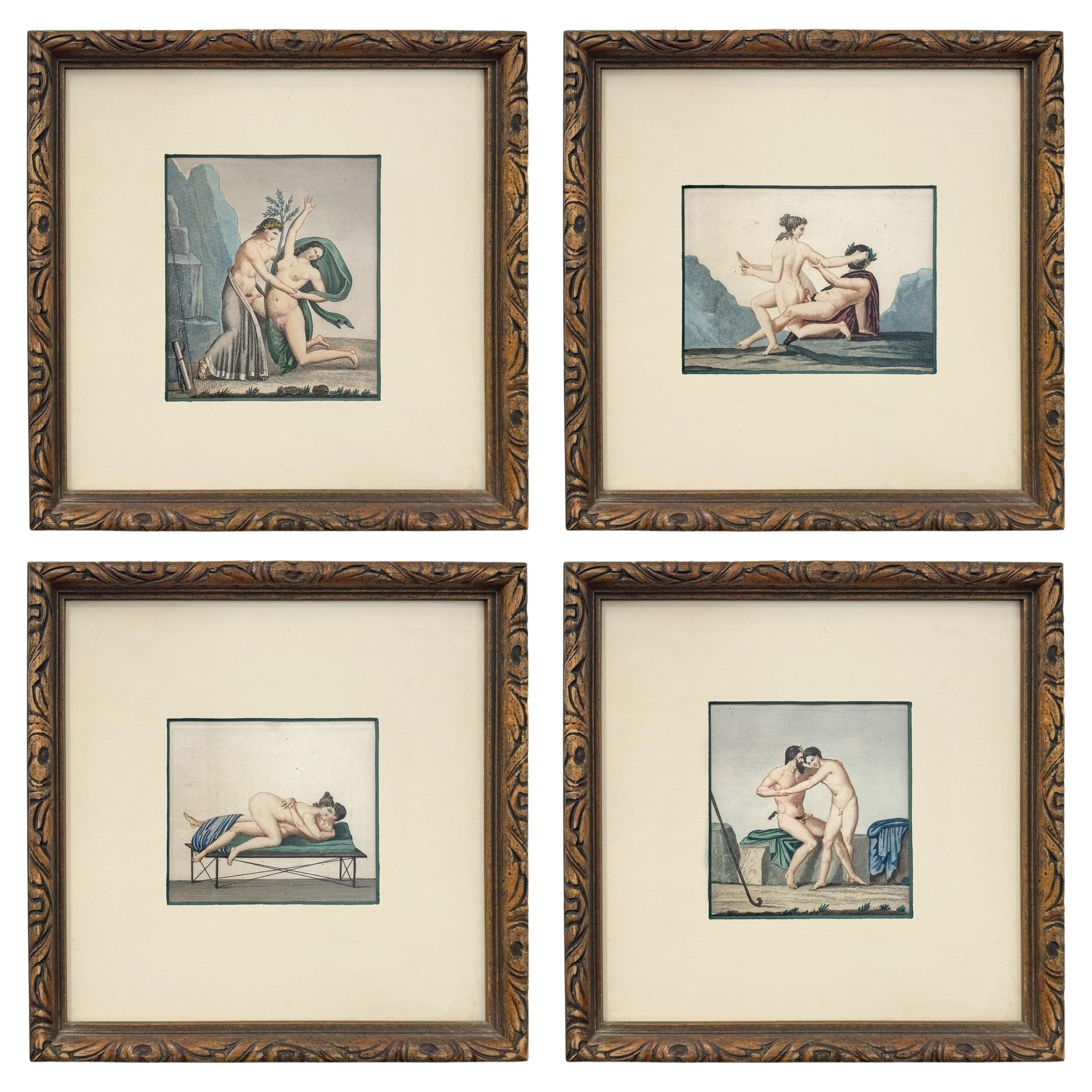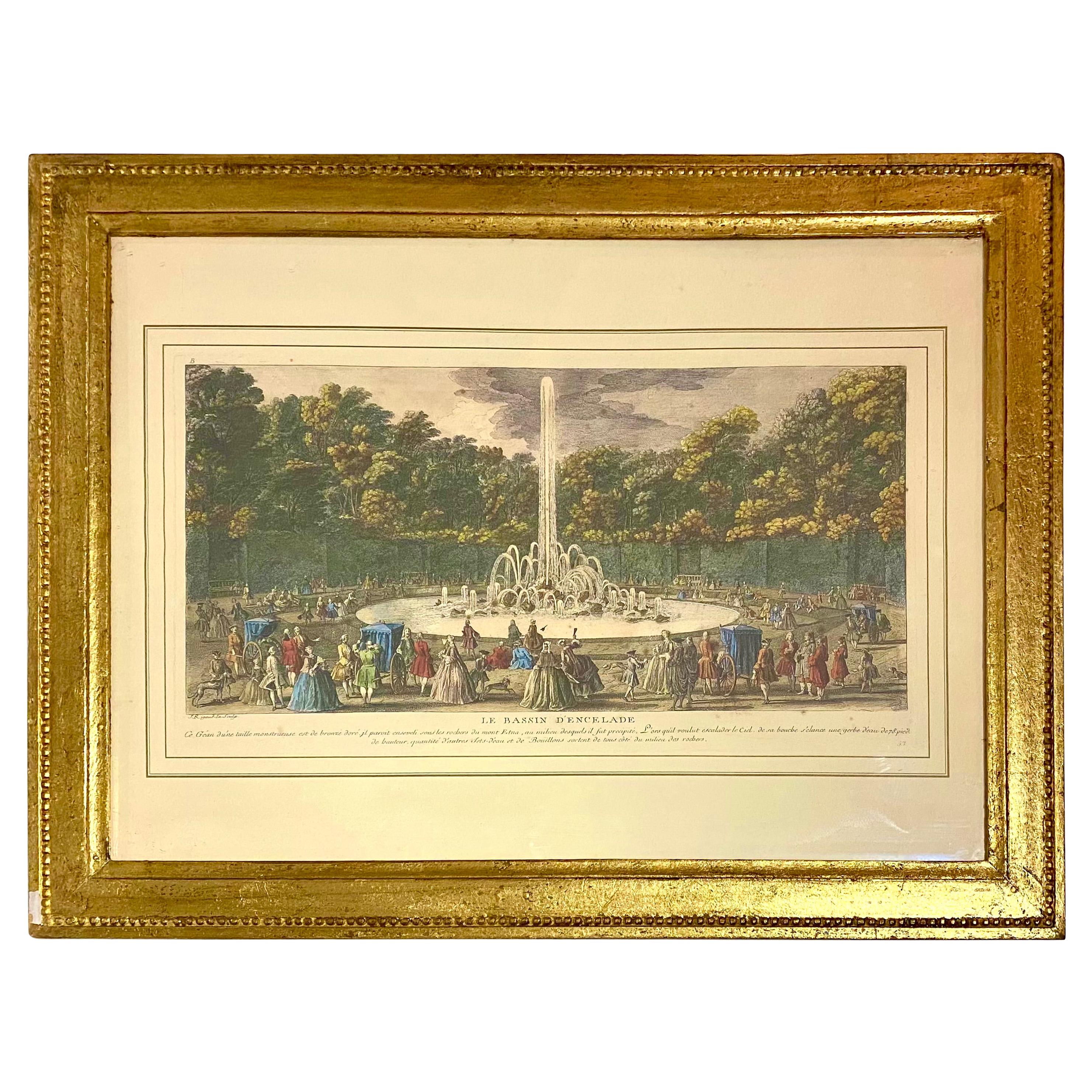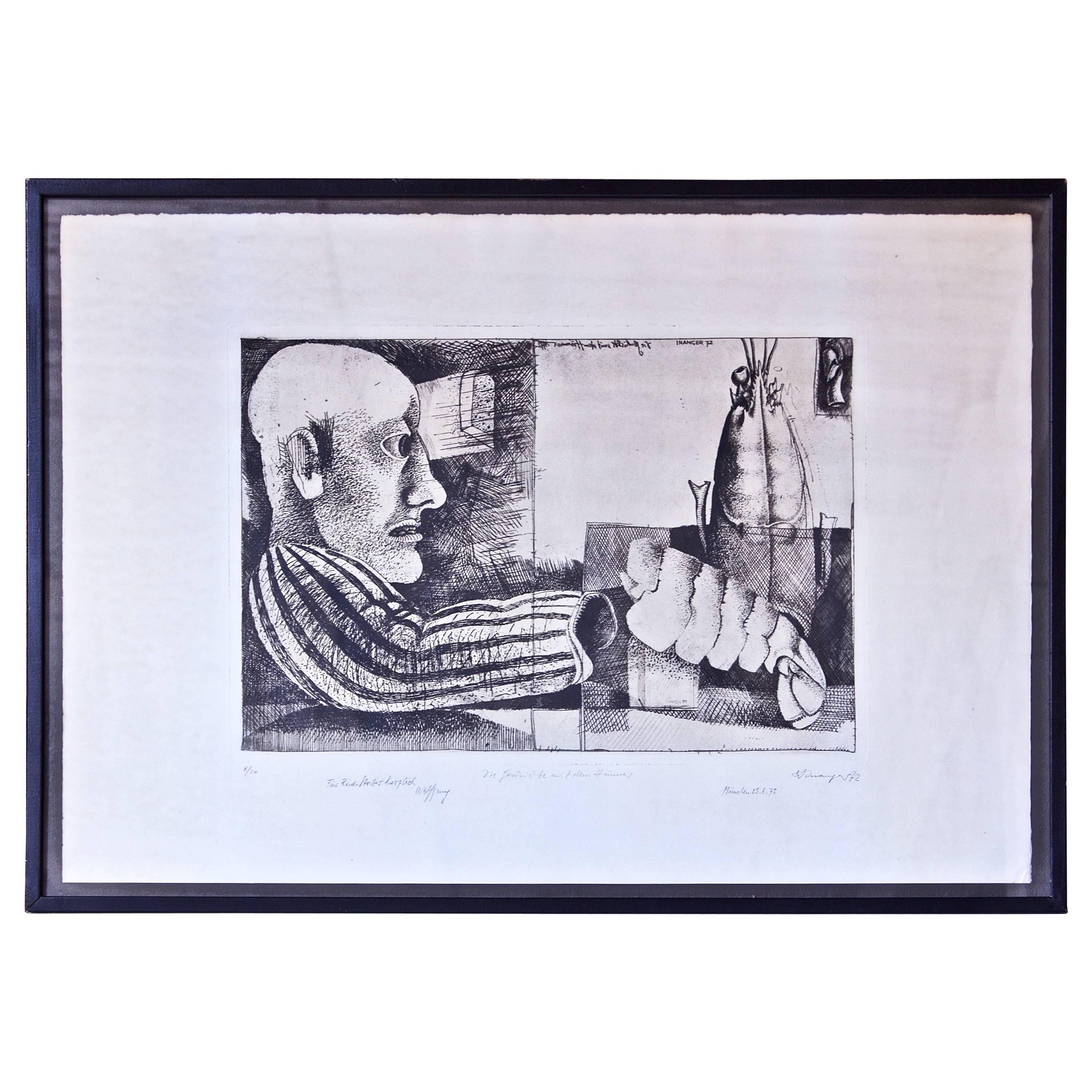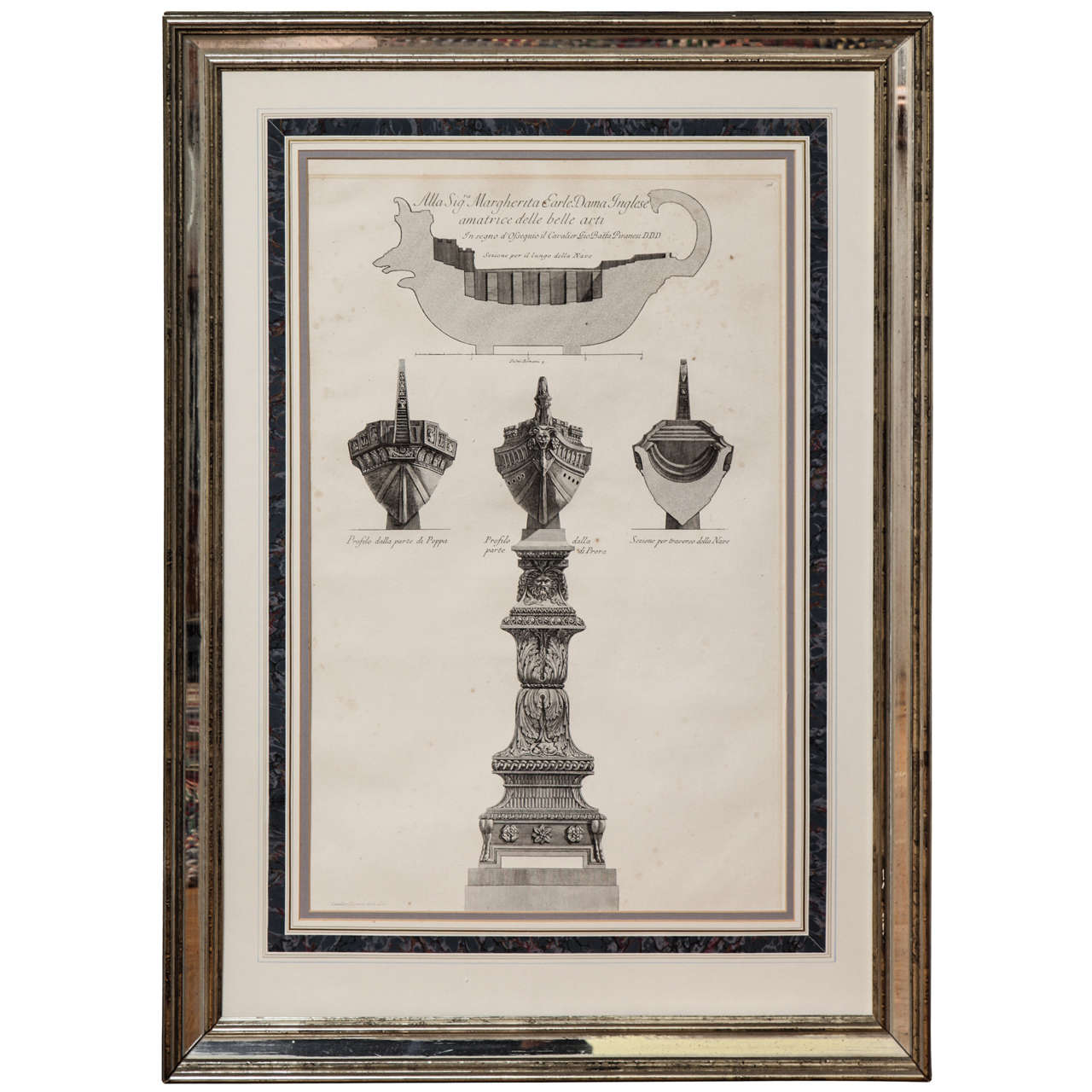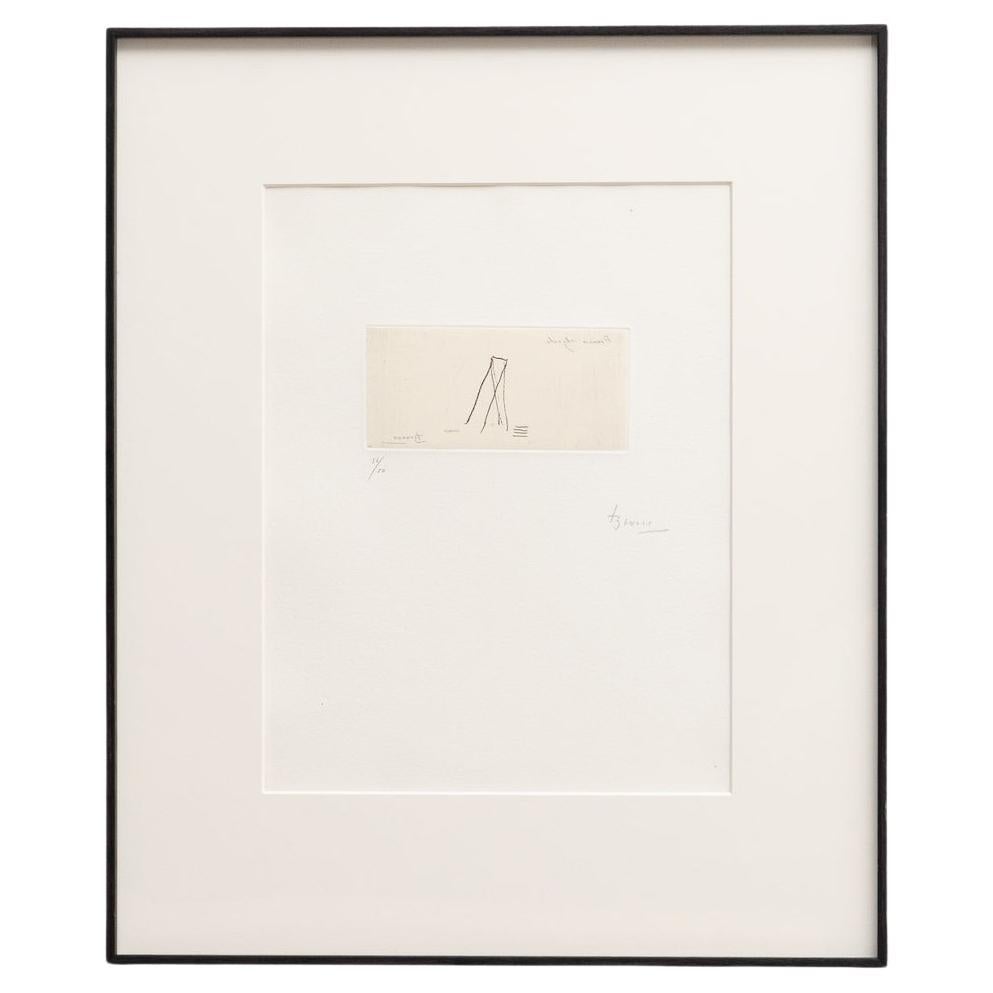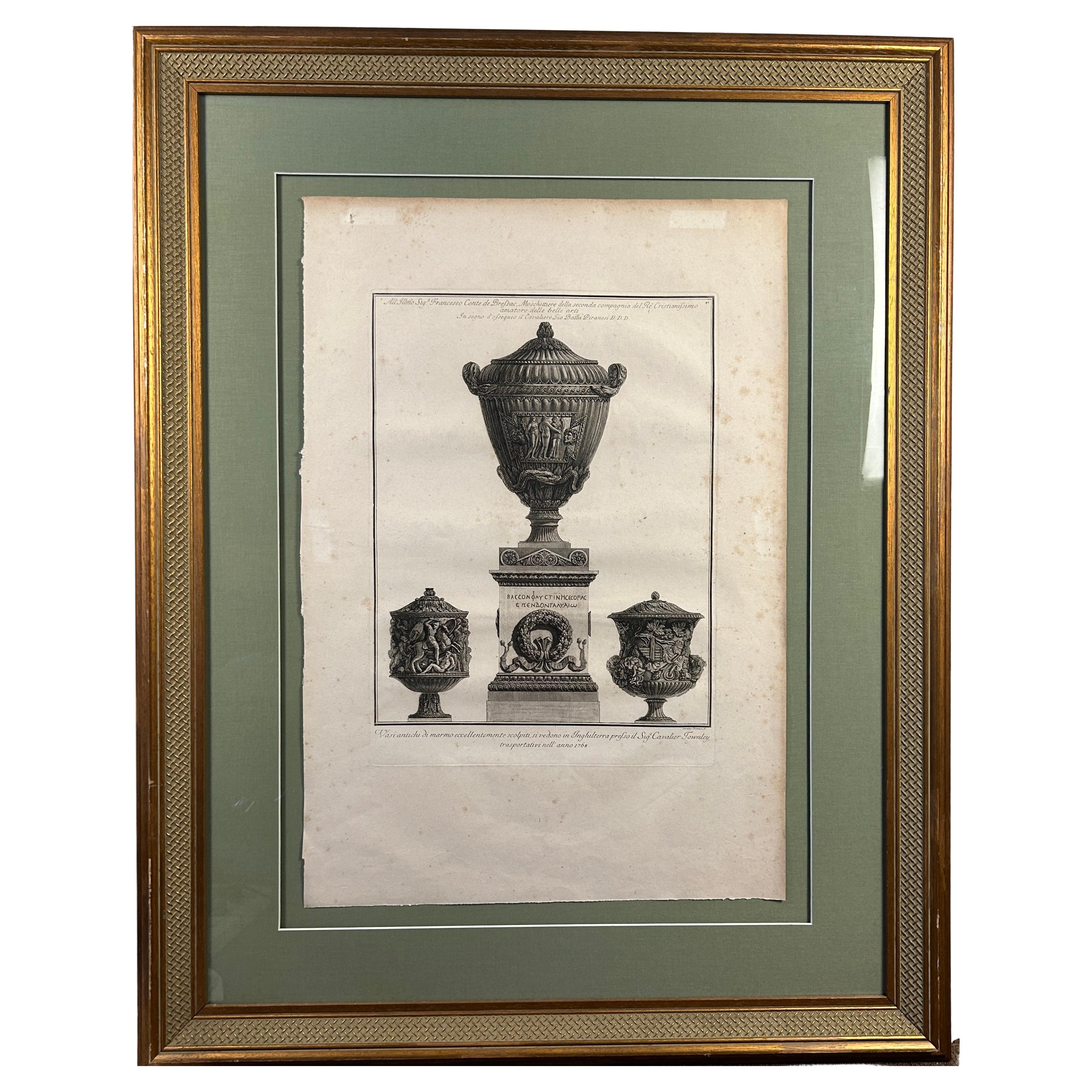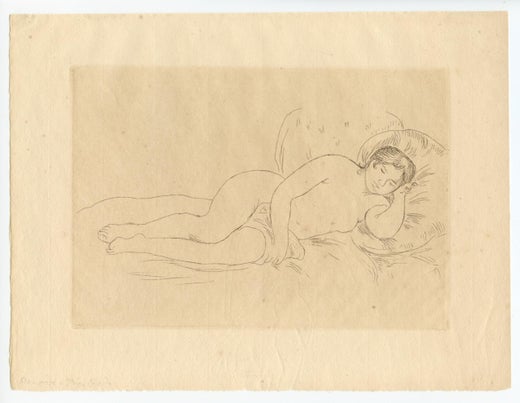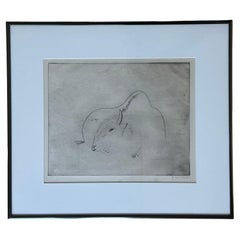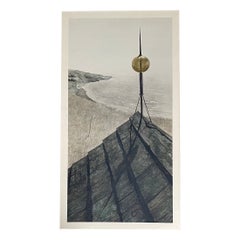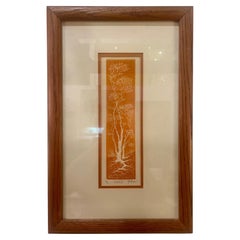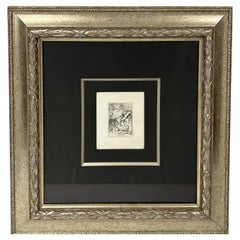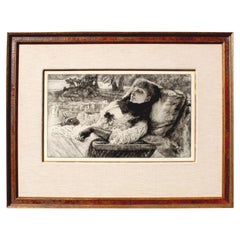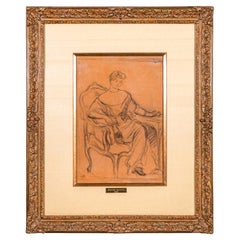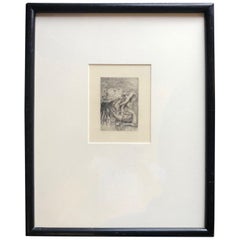
"Le Chapeau Epingle" by Pierre Auguste Renoir Framed Dry Point Etching, 1894
View Similar Items
"Le Chapeau Epingle" by Pierre Auguste Renoir Framed Dry Point Etching, 1894
About the Item
- Creator:Pierre-Auguste Renoir (Artist)
- Dimensions:Height: 19 in (48.26 cm)Width: 15 in (38.1 cm)Depth: 0.75 in (1.91 cm)
- Style:Expressionist (In the Style Of)
- Materials and Techniques:Paper,Etched
- Place of Origin:
- Period:
- Date of Manufacture:1894
- Condition:Wear consistent with age and use.
- Seller Location:San Diego, CA
- Reference Number:1stDibs: LU936616752421
Pierre-Auguste Renoir
An early 20th-century master, Pierre-Auguste Renoir created thousands of figurative prints and paintings and is credited as one of the founders of the Impressionist movement. His frequently reproduced works are appreciated for their luminous appearance, rich colors and soft, feathered brushstrokes.
Renoir was born in Limoges, France, in 1841. He began painting as a child while working in a porcelain factory, which led to a formal study of art in Paris under Charles Gleyre. In the early 1860s, he often visited the Louvre to study French master painters, and he became friends with Claude Monet and Alfred Sisley, both leading Impressionists.
Renoir first exhibited his paintings in 1864, but he did not rise to prominence until his first exhibition with the Impressionists in 1874. In 1877, Renoir stopped exhibiting with the Impressionists and embarked on a series of travels. In 1881, he went to Algeria and Spain, meeting the artists Eugène Delacroix and Diego Velázquez. He continued to Rome, Sicily, Algeria and Guernsey, where he created 15 paintings in one month in the summer of 1883.
In 1890, Renoir married Aline Victorine Charigot, a portrait model and muse for many of his works. They had three sons, and in 1907, Renoir moved his family to the village of Cagnes-sur-Mer, near the Mediterranean. By this time, he had developed arthritis in his hands, and he had a stroke in 1912, after which he used a wheelchair. Renoir continued to paint for the rest of his life, even strapping a brush to his paralyzed fingers.
Shortly before his death in 1919, Renoir visited the Louvre to see his paintings now hanging next to the artistic icons that he used to study and admire. He returned to his home village and died in December of that year.
On 1stDibs, find Pierre-Auguste Renoir paintings, prints and sculptures.
More From This Seller
View AllEarly 20th Century French Drawings
Paper
20th Century American Prints
Wood
20th Century American American Classical Prints
Glass, Oak, Paper
Mid-20th Century Spanish Mid-Century Modern Prints
Paper
20th Century French Mid-Century Modern Prints
Glass
Late 20th Century French Post-Modern Prints
Paper
You May Also Like
Early 20th Century French Expressionist Drawings
Glass, Wood, Paper
21st Century and Contemporary Chinese Chinese Export Turkish Rugs
Wool
Antique Late 19th Century French Victorian Drawings
Glass, Wood, Paper
Antique Early 1900s Drawings
Paper
Vintage 1920s French Prints
Paper
Vintage 1920s Spanish Prints
Paper
